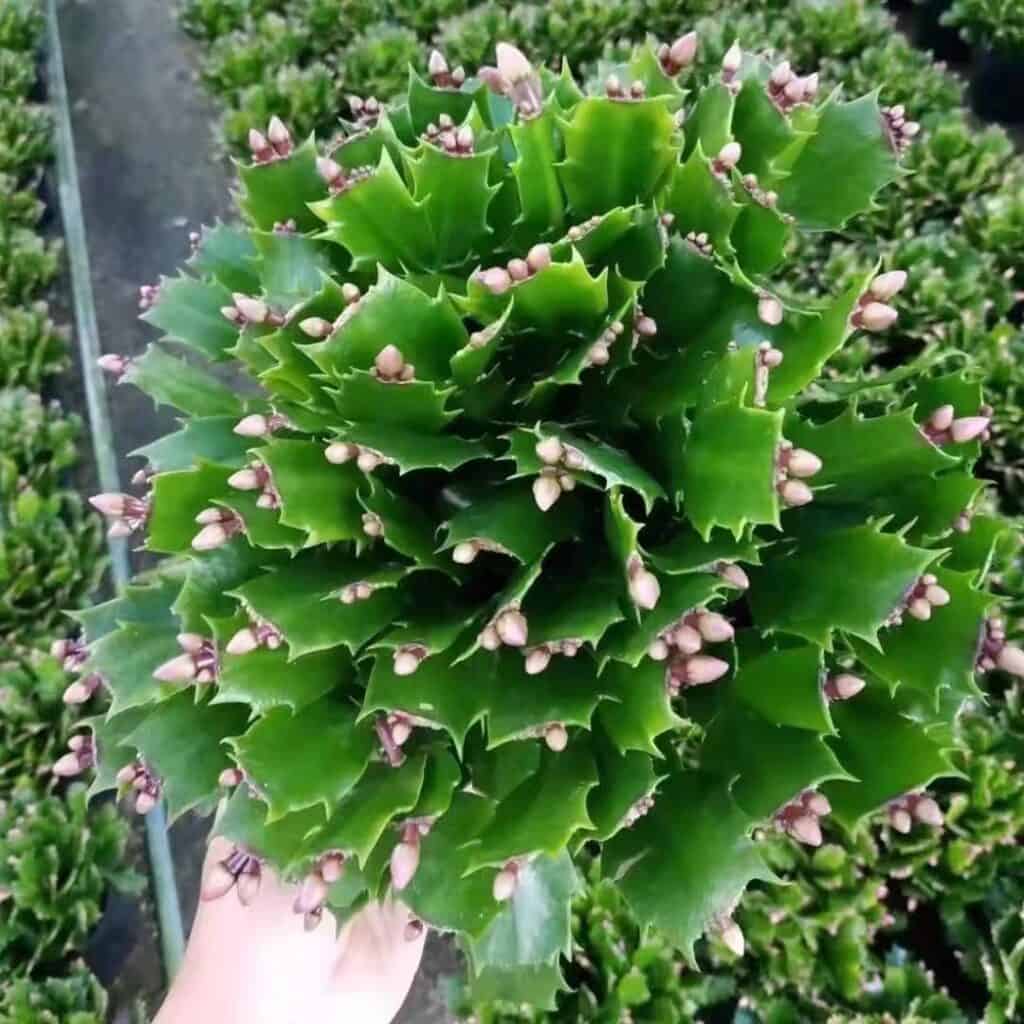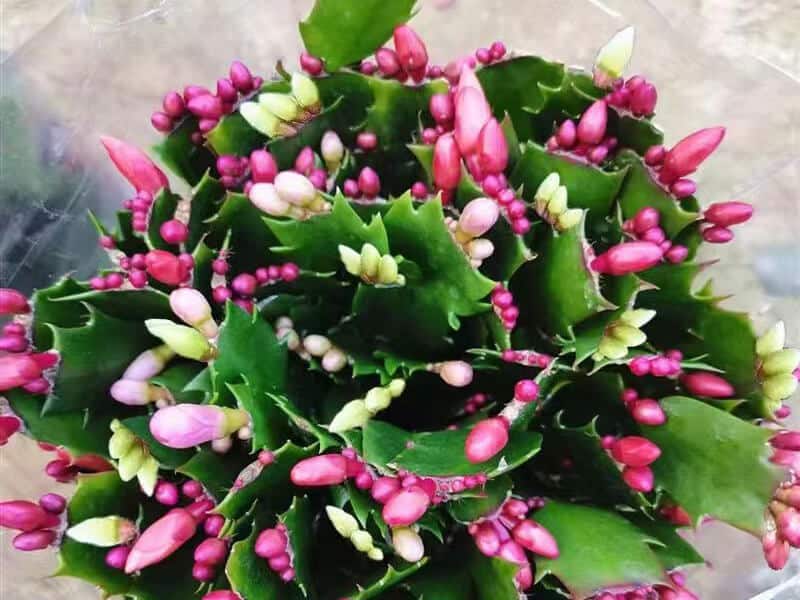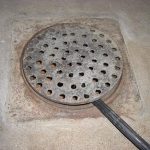Christmas Cactus is a favorite winter plant, along with poinsettias and Norfolk Island pine trees. Although the Christmas cactus, also known as the holiday cactus, is bursting with bright blossoms and is a welcome sight in the dead of winter.
The plant’s flattened leaves are slightly toothed on each side and are split into fleshy stems. On the terminals of each stalk, tubular blooms emerge in the late autumn or early winter.
All Christmas cacti kinds can be started indoors at any time of the year as houseplants till the summertime when you may replant or relocate them outdoors. They are native to the Brazilian jungle.
Christmas Cactus Care
A Christmas cactus requires more care than most drought-tolerant, desert-loving cacti. The native Christmas cactus lives in tropical rainforests and requires consistent watering to be healthy. The stems portions of the flattened leaves droop and drape from pots and hanging baskets. Flowers grow at the tips of stalks; thus, your plant will produce more flowers the more stems it has. Although the cactus typically blooms in red, it can also produce flowers in other hues, including pink, white, magenta, purple, and the less common shades of crimson, peach, and orange.
Sunlight
Christmas cacti thrive in a more humid environment, so it makes sense to keep them in a brightly lit bathroom or kitchen. Indirect, bright light should be used to maintain plants. Ideal locations are bathrooms with plenty of light or windows that face east. Exposing them to full sun ensures that this is done over the winter. Too much sun in the spring and summer can cause the plants to turn pale and yellow.
Soil
Soil is not an important factor for holiday cacti. It adapts to most soil conditions and grows naturally. Yours can thrive in loam, sand, perlite, cactus mix, or all-purpose potting soil. For optimal growth, the preferred pH limit is between 5.5 and 6.2. Peat moss is a useful additive for more acidic environments.
Water
When your Christmas cactus buds are about to open, water them regularly and keep them cool. Its tropical origins require more water than most other plants. Let the soil dry out almost fully between waterings. You’ll know if the soil is excessively dry when the leaves begin to curl and shrink. In hot, bright summers, water it twice or thrice a week. If the plant is on a sunny window in winter, it may need to be watered once a week.
Temperature and Humidity
This cactus needs sufficient humidity, especially when grown in the dry conditions of heated homes during the winter. To increase the humidity in the plant, spray it or place a pebble tray filled with water below the container.
It enjoys warm temperatures between 70 and 80 degrees Fahrenheit during its peak growth months (April to September). And once buds have been formed, it is necessary for low nighttime temperatures (between 55 and 65 F). Keep it away from vents, regularly opened doors, and draughty windows because this plant doesn’t want to be exposed to sudden changes in temperature or draughts, and if it is, it will shed its blooms.
Fertilizer
In the early spring and summer, give your holiday cactus a monthly feeding of a water-soluble balanced fertilizer diluted to half-strength. Stop feeding after blossom buds start to appear, which is often in late summer or early fall. You can start monthly feedings again after the plant blooms.

Christmas Cactus Propagate
The best time to propagate a Christmas cactus is one to two months after it has finished blooming. Avoid spreading it in the fall when it is actively forming buds and blooming. Holiday cactus cuttings of any size will encourage the original plant to develop a fuller and bushier appearance, which will lead to more flowers in the future. Stem cuttings are the finest method for propagating holiday cacti.
Pests and Plant Diseases
Your Christmas cactus is prone to lose its flowers if it experiences any kind of stress. This could be due to the amount of light or a sudden shift in temperature. Make sure your soil doesn’t become overly dry while buds are developing.
When plants are overwatered, fungus infections are frequently present. Don’t overwater plants to avoid fungus infections. Two typical Christmas cactus fungi that can cause stem rot are Fusarium and Phytophthora. Brown spots start to appear on the stem at the soil line as a result of fusarium stem rot. The stem at the soil line looks moist or water-soaked when it has Phytophthora stem rot. Phytophthora can be fatal. A holiday cactus may recover from the fusarium if detected early enough, although it is frequently difficult to rescue. If the soil around the plant is excessively damp, let it dry out before applying a fungicide per the label’s directions.




